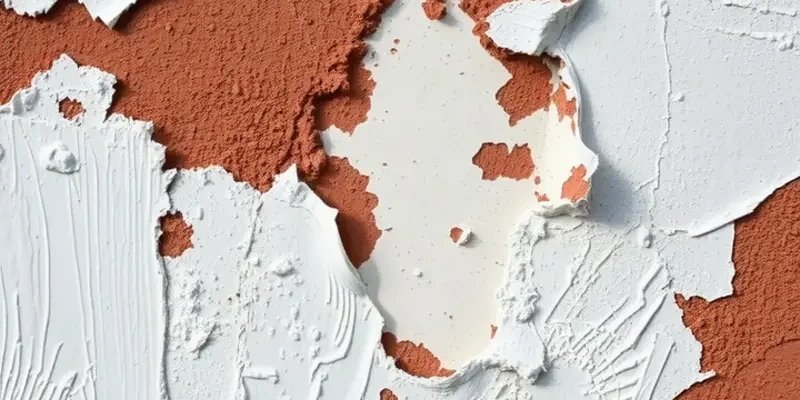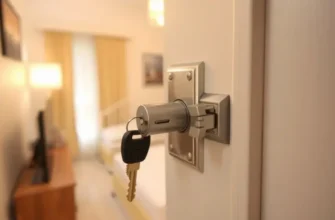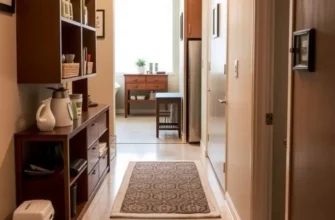Lead paint remnants in many older apartments can pose significant health risks, particularly for children and pregnant women. As a renter, it’s crucial to remain informed about lead paint hazards to safeguard your living space. This entails understanding the risks associated with lead paint exposure, knowing how to identify lead-based substances, and implementing practical safety measures to ensure your home environment is secure. This guide empowers renters with actionable steps to address potential lead paint issues, ensuring peace of mind in their living areas. Understanding your rights as a renter along with the responsibilities of your landlord will also help navigate any problems efficiently, leading to a safe environment conducive to your well-being. Whether you’re enjoying your first rental or have lived in your apartment for years, knowledge is your best ally when it comes to preventing the dangers of lead paint. The following chapters will break down critical information about lead paint safety that every renter should know.
Identifying Lead Paint Hazards in Your Apartment
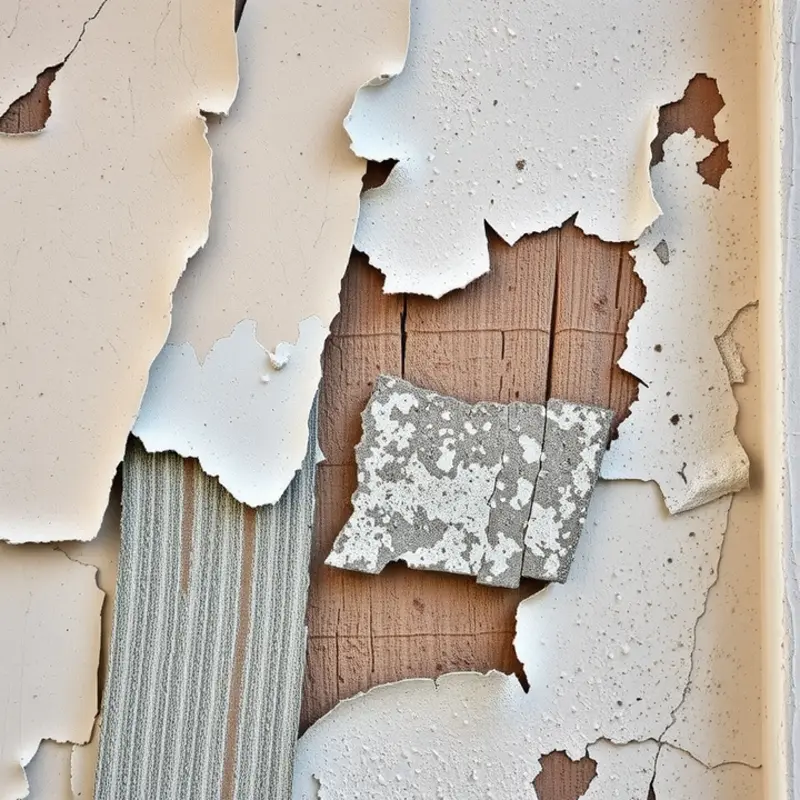
Lead paint, primarily used before 1978, poses significant health risks if improperly managed. For renters, recognizing potential lead paint hazards is crucial in maintaining a healthy living environment. Here are several strategies to identify possible lead paint dangers in your apartment.
Common Indicators of Lead Paint
The presence of lead paint is often detectable through visual signs. Peeling, chipping, or flaking paint is a major indicator. Inspect window sills, door frames, and other woodwork closely. Pay particular attention to areas prone to friction and impact, as these are more likely to show deterioration. Discolored or chalky surfaces may also signify lead paint. In such cases, even minimal disturbance can release harmful lead dust.
Consulting Professionals
If you suspect the presence of lead paint, seek professional assistance. A certified lead inspector or risk assessor can conduct a thorough analysis. They are trained to use specialized equipment, such as X-ray fluorescence devices, to accurately detect lead levels. This kind of professional testing is vital, as lead is not visible to the naked eye once it settles into dust.
Communicating with Your Landlord
Understanding your apartment’s paint history is essential. Approach your landlord with questions about any known lead paint usage. Landlords are legally obligated under federal law to disclose known lead-based paint hazards in properties built before 1978. Request copies of any previous inspection reports or lead hazard reduction treatments that might have been performed on your apartment. Open communication can help ensure remedial steps are taken if needed.
Importance of Testing
Professional testing is a critical measure to safeguard your health. If lead paint is detected, various abatement strategies can be implemented. Common measures include encapsulation, which seals the paint with a special coating, or removal, where the paint is entirely stripped and replaced. Testing provides the data needed to make informed decisions about these various interventions.
Legal Resources and Assistance
Renters should be aware of their rights when it comes to lead safety. Federal and state programs often offer resources and assistance. Some initiatives include financial aid for lead hazard control. Additionally, knowledge of your lease’s terms, particularly any clauses related to lead, will inform you of both your rights and responsibilities in this matter.
By familiarizing yourself with these signs and taking appropriate action, you help ensure a safe living environment. For holistic safety tips on apartment living, you might find these safe apartment laundry habits helpful.
Safe Practices for Living with Lead Paint
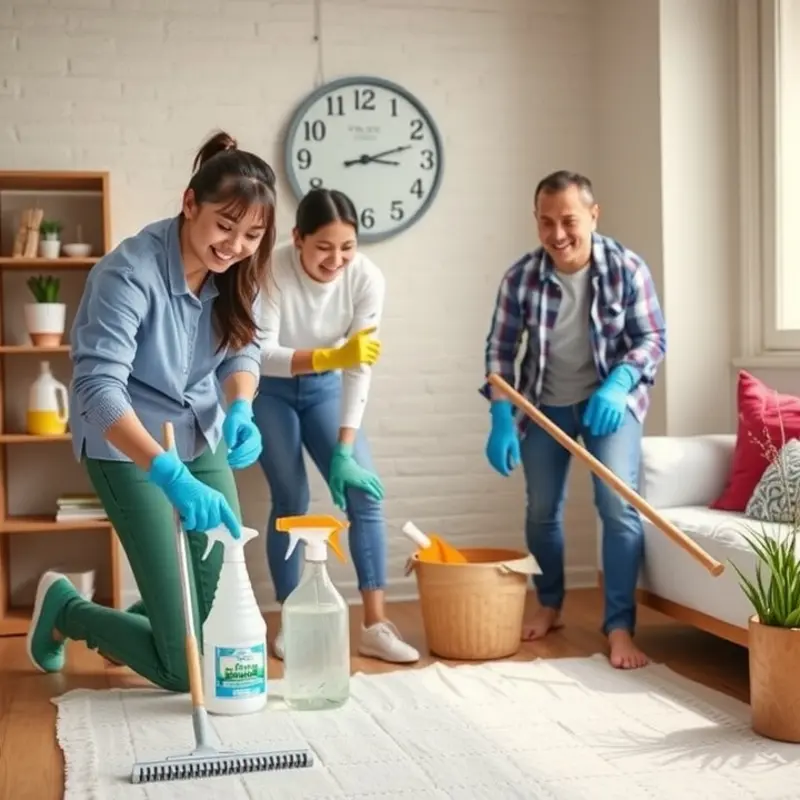
Identifying lead paint hazards in your apartment is the first step. Next, it’s essential to adopt safety practices to minimize exposure and maintain a healthy environment. Regular cleaning is crucial, using techniques that effectively remove lead dust without spreading it. Use a wet mop or damp cloth instead of a dry rag or broom. This reduces the likelihood of hazardous dust becoming airborne. Always use cleaning solutions specifically designed for lead paint, and ensure the area is well-ventilated while cleaning.
Avoid abrasive cleaning materials that can damage paint surfaces and increase lead dust release. Soft, disposable cloths or mops should be your tools of choice. Throw them away after use to prevent future contamination. Vacuum cleaners with HEPA filters are highly recommended as they trap smaller particles that standard filters might miss.
Be vigilant about inspecting painted surfaces in your apartment. Look for signs of deterioration like chipping or peeling paint, especially around windows, doors, and trim where friction creates dust. If you notice any issues, report them to your landlord immediately. Prompt reporting and addressing of lead paint hazards are crucial elements of maintaining a safe home environment.
Professional lead inspections should be scheduled if you suspect significant risks. Inspectors will conduct a thorough assessment using specialized equipment to detect lead levels accurately. These assessments are vital as they can reassure you of your home’s safety or identify areas requiring remediation.
When dealing with lead-based paint, professional remediation is often the safest path. Certified contractors can use encapsulation techniques, applying a sealant that stops lead particles from escaping. Alternatively, complete removal through safer stripping methods can be performed, though this is typically more disruptive and costly.
For renters, professional remediation decisions should involve your landlord. If the responsibility of repairs is unclear, reviewing lease agreements and discussing potential solutions is vital. Knowledge of how these processes work will help advocate for safer living conditions while ensuring compliance with local regulations.
Incorporating these safety strategies can greatly reduce the dangers associated with lead paint. Protecting your health and maintaining a safe environment demands diligence and awareness of your living conditions. For more on creating a healthier living space, consider reviewing resources like apartment wellness checklist. Here you’ll find tips beyond lead safety that enhance your home’s overall comfort and safety.
Final words
Understanding lead paint safety is paramount for renters, so you can effectively manage potential hazards in your living space. Regularly inspect your apartment, maintain cleanliness, and report any concerns promptly. Know your rights regarding lead paint and work with your landlord to devise an action plan for remediation when necessary. By following these guidelines, you contribute to a healthier living environment for yourself and your family. Rest assured that safety and security in your home are achievable with informed steps toward potential lead paint issues.

